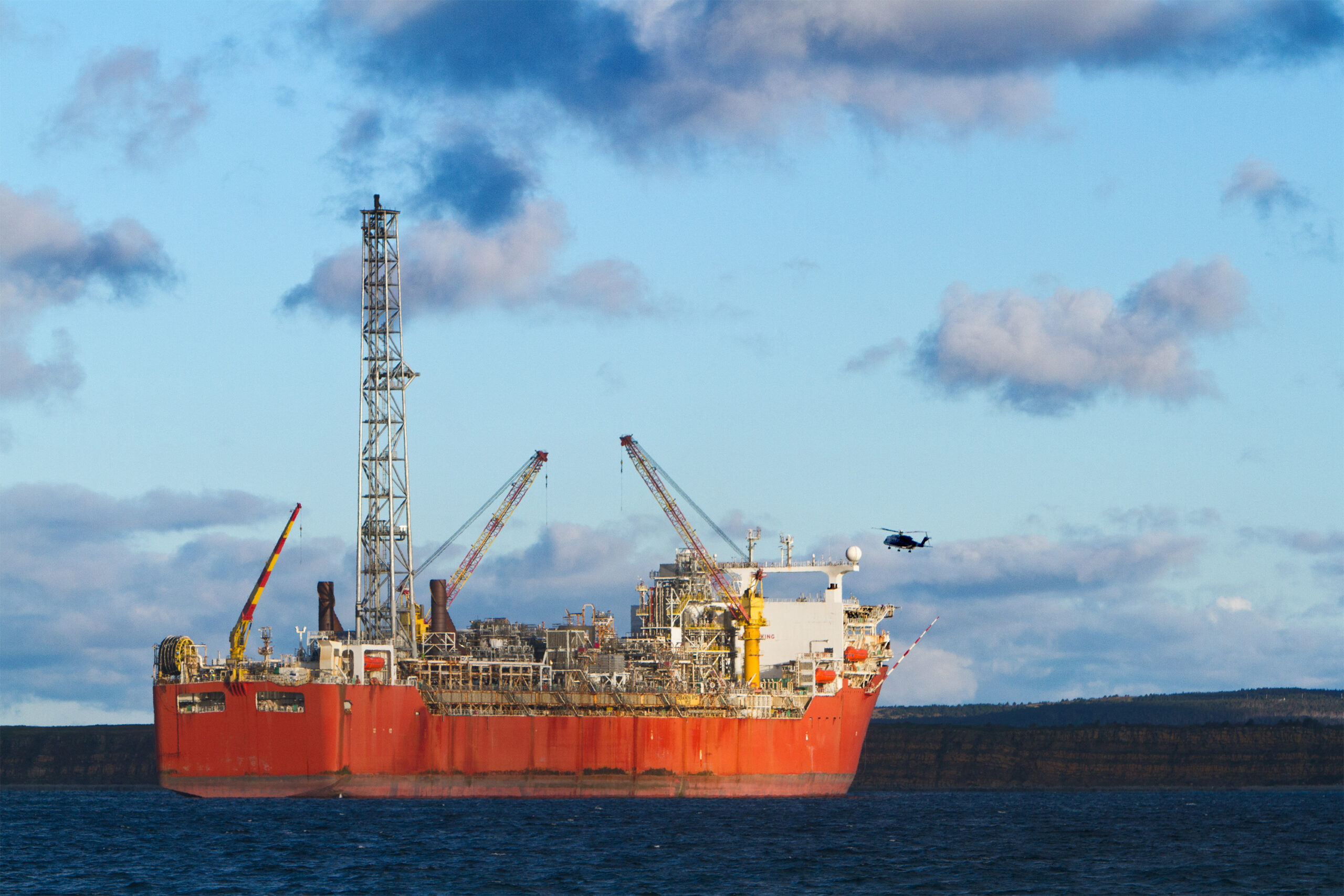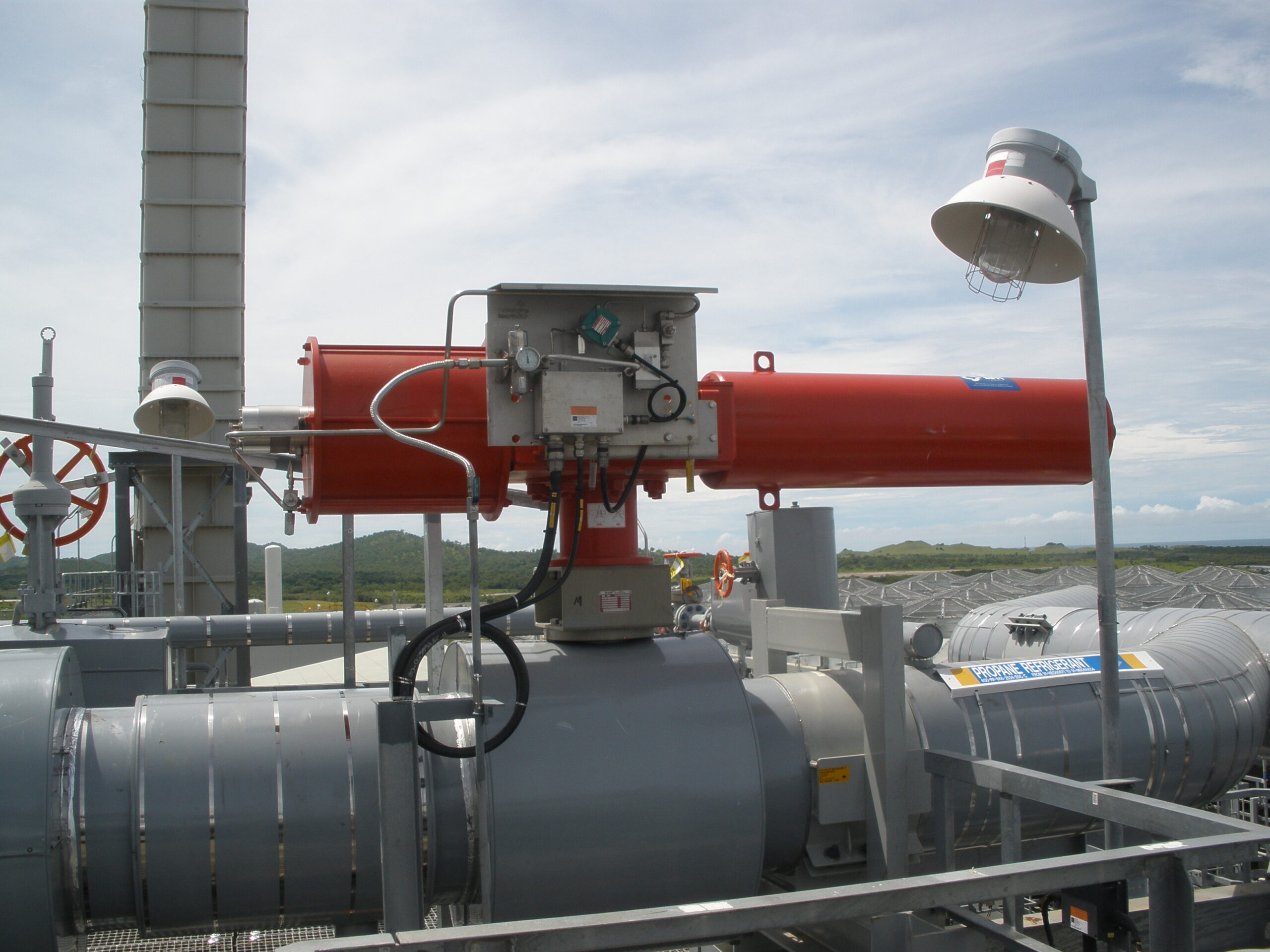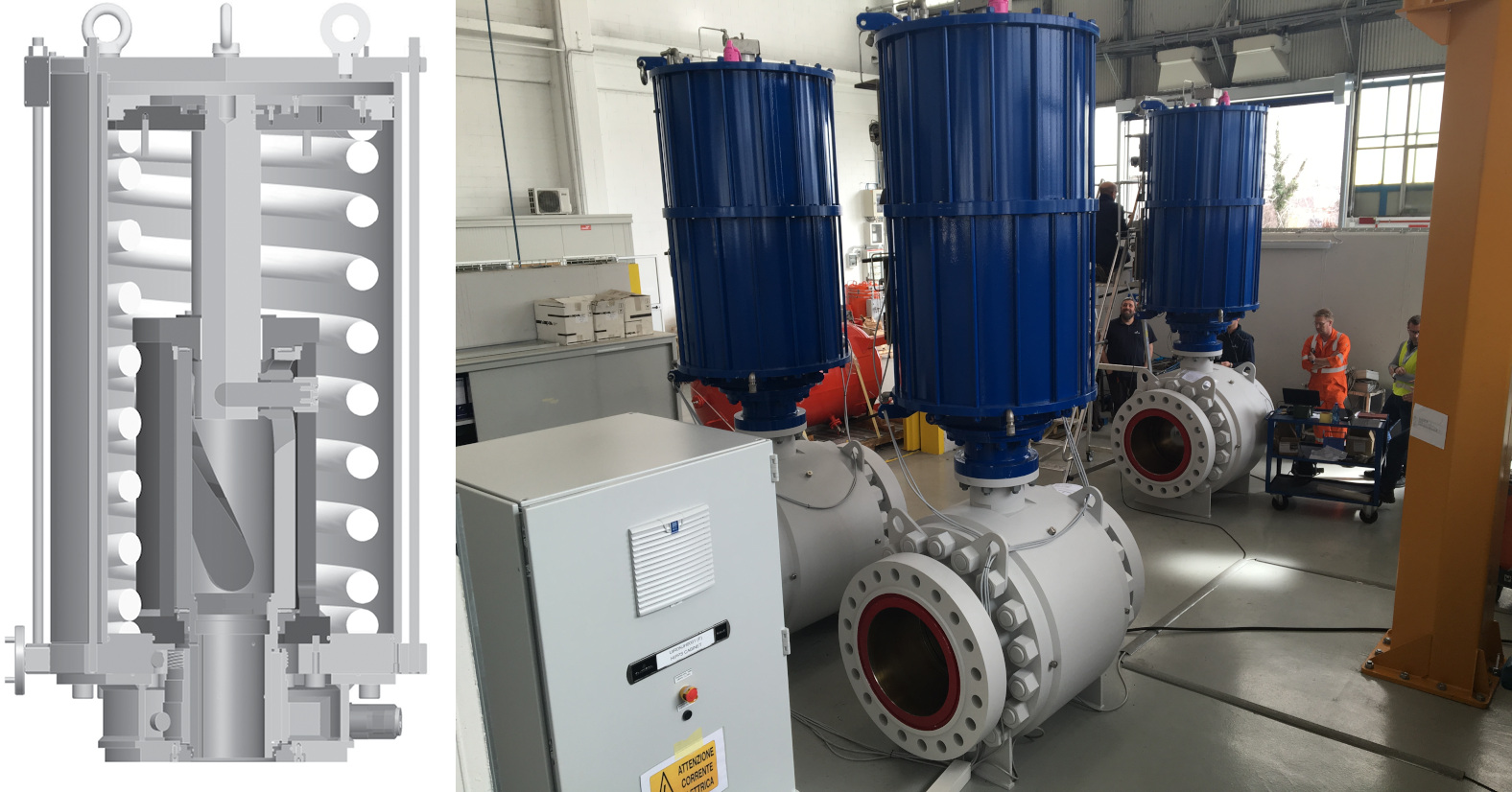I recently had an article published in the August 2022 issue of Hydrocarbon Processing. It is titled “Why Compact Actuation Solutions are Ideal for Constrained Space Installations,” and it discusses how a vertical profile actuator is providing new opportunities for space-constrained applications. A summary of the article follows.
Space constraints are common in the oil and gas industry. However floating production, storage, and offloading (FPSO) and floating liquified natural gas (FLNG) are two application which take space management to another level. FPSO units (Figure 1) make production from deep-water oil and gas reserves economically feasible, but their very compact design creates significant challenges for engineers tasked with putting so much equipment into so little space. Here is an example of the problem:
One glance at an FPSO unit tells the story. Unlike a typical onshore oil and gas production facility which has more space, an FPSO facility must jam an entire oil and gas production plant in a very limited footprint.

Figure 1: A FPSO gas and oil facility is the ultimate study in space management as every component must be carefully chosen to fit within a very tight envelope.
FPSO vessels are particularly effective in remote or deep-water locations where running seabed pipelines are cost prohibitive, and they can be moved when a field’s production tapers off. But their main disadvantages are the obvious limitations on available space, along with the harsh saltwater environment.
The drive to develop natural gas reserves has also spawned an offshore floating facility devoted to natural gas processing, storage, and transfer. These vessels are called FLNG units as they accept and process natural gas from the offshore fields, store LNG as required, then transfer it to ships for transport around the world.
Similar to an FPSO ship, FLNG production units must wedge an enormous amount of equipment and piping into a very limited space, but the challenge is more difficult due to the high pressures, cryogenic temperatures, and large line sizes common in the LNG industry.
Fitting a hundred automated valves in a small footprint is difficult. Fitting a hundred 24”, 900# class automated valves in that same constrained space is even more of a vexing problem.
A new actuator solution
A scotch yoke or rack and pinion actuator (Figure 2) works well in a typical onshore installation, but such a large footprint is difficult to accommodate in FPSO or FLNG facilities.

Figure 2: A typical fail-safe actuator uses a large pneumatic cylinder and a spring cylinder to drive the valve. The design works well but takes up a great deal of space when sized for large valves and high pressures.
Fortunately, a new actuator design dramatically reduces the footprint of the actuated valve. Helical slot actuators combine the pneumatic cylinder and spring cylinders into a single vertical housing mounted directly to the top of the actuated valve (Figure 3).

Figure 3: The Biffi TPS helical slot actuator combines a spring and pneumatic cylinder into a single vertical housing mounted above the valve. As the piston moves, rollers engage slots on side of the helical cylinder to turn the valve. Click to enlarge
The spring and cylinder are combined into the same housing, which sits directly atop the valve. This dramatically reduces the footprint, allowing the entire valve/actuator assembly to be pulled straight up for easy maintenance.
Since the actuator takes up nearly the same footprint as the valve, this frees significant space in all directions to be used by other equipment. In a constrained-space environment, this can make all the difference for the engineering team, allowing them to fill that space with additional piping.
The design allows valves to be placed very close to each other, or located near a wall or tank, while remaining accessible for service and maintenance. The helical slot actuator design is an excellent choice for any environment where space is at a premium, such as with piping manifolds and on process skids. It is also available with high speed, SIL-rated packages suitable for safety critical applications. The high-speed actuation package incorporates an adjustable “soft close” solenoid arrangement, which allows the valve to close to minimum flow very quickly, then complete travel at a reduced rate of speed to avoid seat damage.
I conclude the article:
When faced with very demanding space constraints in piping manifolds, process skids, or offshore floating oil and gas production facilities, helical slot actuators are often the best choice. They can match the torque and speed of response of scotch yoke and/or rack and pinion actuators, yet their vertical profile offers significant equipment and piping design advantages. The greatly reduced footprint enables the valves to be placed much closer together, or positioned near walls or tanks, yet still be accessible for maintenance in either case.
Read the article and visit the Biffi pages to learn more about the actuators best suited for your constrained space requirements.
